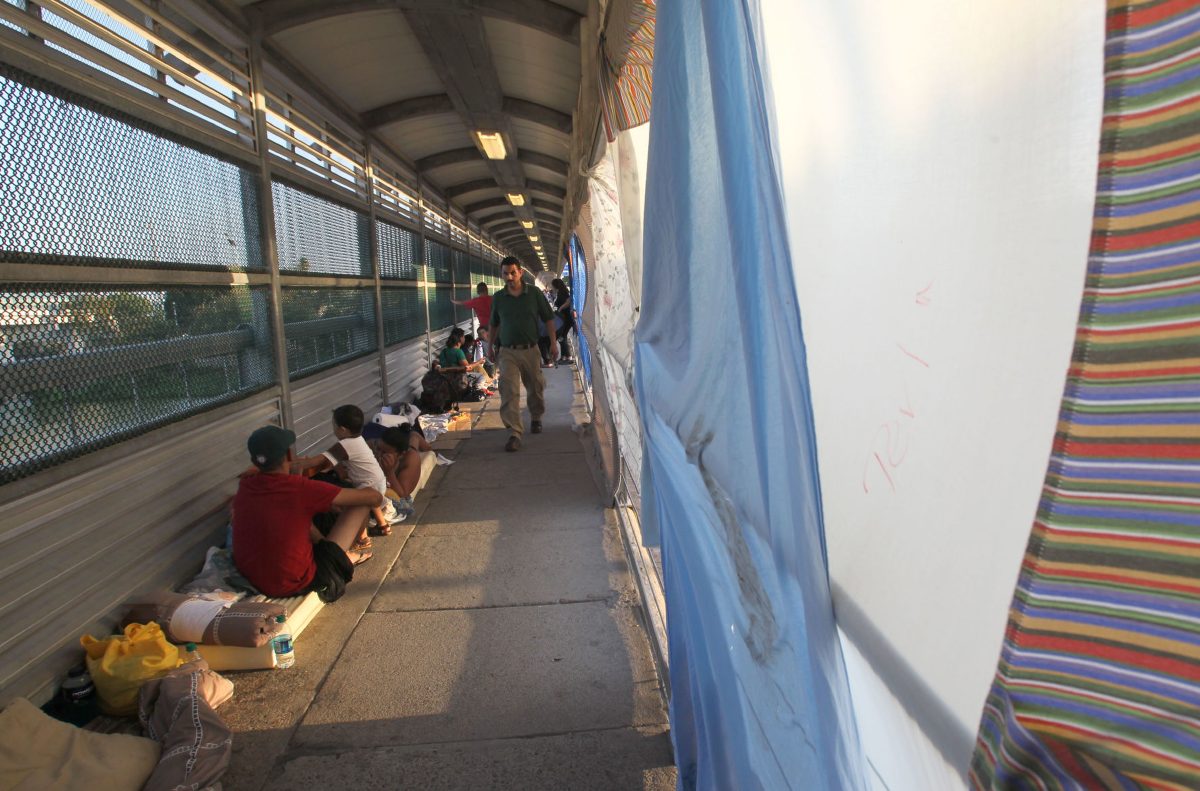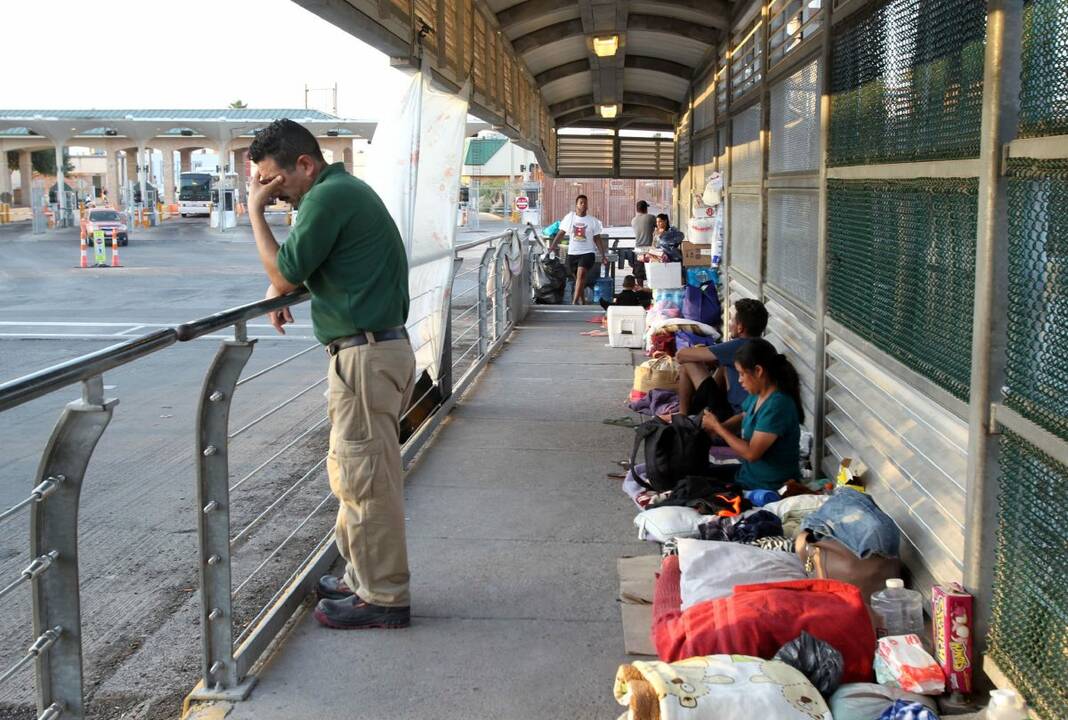Insufficient appointments but a more streamlined process for those seeking asylum along the border were among the findings of a recent report compiled by academic researchers.
“We’ve been doing this now for four and a half years. And every three months, we just do a snapshot,” Stephanie Leutert, the director of the Central America and Mexico policy initiative at UT Austin, said Friday.
The University of Texas at Austin Strauss Center for International Security and Law released their latest asylum processing report this month. Researchers began periodically documenting the evolving changes at the ports of entry since the Trump administration.
”It’s been really a period of incredible change in asylum processing,” Leutert continued.
The federal government began accepting application submissions through their CBP One app in January, but the process looked different five years ago, Leutert explained.
“So in five years there’s four different types of processing procedure which is really incredible,” Leutert said. “That’s unprecedented because before five years that was just the way it was. You show up at a port of entry and ask for asylum.”
When the Trump administration began metering the number of people who could request asylum at the port of entry, it created long lines of people sleeping at the international bridge.
In 2019, the creation of the Migrant Protection Protocols, or MPP, which expanded to Tamaulipas over the summer, led to a drop in border apprehensions but it placed people in vulnerable circumstances by sending them to places like Nuevo Laredo and Reynosa, where kidnapping, torture, and extortion have led the federal government to declare it a “do not travel” area.
MPP sparked the beginning of the first encampment by the border that spanned thousands of people until their asylum claims began to be processed in February 2021.
The pandemic ushered a change for asylum processing by blocking all access under a public health policy known as Title 42, which can be leveraged in times of a global pandemic to control the spread of a disease.

Although the Biden administration attempted to end its use, lawsuits have kept it in place, at least until May when it’s expected to finally be lifted.
While people waited under the Trump and Biden administrations, waitlists formed on both sides of the border. “The border was washed in waitlists,” Sleutert recalled.
Some lists were maintained by the federal government, others by nongovernmental organizations like migrant shelters in Mexico or by immigration officials in Mexico. While the lists provided a glimpse at the number of people in wait, they were susceptible to corruption or mismanagement.
The Biden administration’s rollout of the CBP One app, helped address some of those long-standing concerns.
“So when you use an app that is directly between the person seeking asylum and CBP, you cut out all of that,” she said.
Users of the new system noticed problems almost immediately, however.
“A big structural con is that in the other waitlists, when you would arrive at the border, you put your name, and theoretically, if there wasn’t corruption, you kind of knew your place in line,” Sleutert explained. “It was ordered chronologically. So if you arrived first; you passed first. And I think that created a lot of certainty for people.”
Language, internet access, bypassing of a geofencing through VPNs, and glitches with the facial recognition software plagued its start, as many immigrants recounted in their accounts shared with The Monitor the first week the appointments started.
“So there’s been a lot of kind of very app specific challenges that add to the frustration of the desperation of people who are trying to use the application, and some of these I know have been addressed or are being addressed by DHS and CBP,” Sleutert said.
The app has already seen improvements, like the addition of Creole French which allowed Haitians to overcome the language barrier.
“The biggest challenge is that there aren’t enough appointments,” Sleutert said. “They’re only releasing across the border around 740 appointments every day split between different ports.”
The Valley ports of entry in Reynosa and Matamoros have a combined 320 slots available every day, according to their report. That represents about 43% of all slots available across the southern border.
The only other port of entry with a high number of slots available for processing asylum claims is in Tijuana, Baja California where researchers reported about 200 spots daily.
“So you have tens of thousands of people every day trying to get these 740 spots. And of course, it’s not enough,” Sleutert said. “It’s really challenging, and it’s almost impossible.”
The competition for appointments led to families contemplating separating by sending their children alone or leaving one of the parents behind.
Asylum processing is set to change again in May if the federal courts allow it to be lifted in May. Sleutert predicts the federal government will continue relying on the CBP One app to process asylum claims.
“I think that what to watch is can they work through the kinks and can they create pathways for people who do have accessibility issues?” Sleutert said, referring to the federal government. “That’ll be the challenge and I guess we’ll see in the upcoming updates, whether or not they can actually make the app accessible and make it more equitable. And also if they can increase the number of appointments so that people actually feel like this is a pathway that could work for them.”




